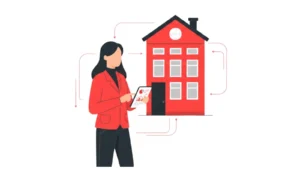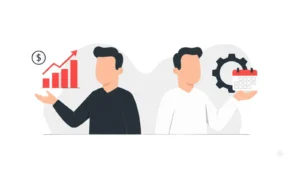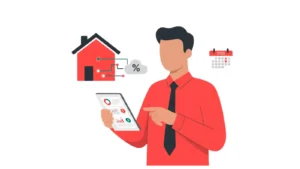Updated : Sep 11, 2025
For vacation rental property managers, the term shoulder season often evokes a sigh. After the buzz of peak summer or winter months, occupancy can nosedive, revenue feels fragile, and owners grow restless. But what if this “in-between” season wasn’t just a challenge—but an opportunity to optimize your should season pricing strategy?
During a recent RSU x RevLabs session, industry experts—including Jessica Mollard (Urban Network, French Alps) and Eduardo Mandri (Angel Host, Caribbean & Mexico)—shared their insights on navigating the unique challenges of shoulder-season pricing strategies. Their insights, paired with data-driven tools like PriceLabs, revealed one common truth: success in these quieter months requires equal parts creativity, flexibility, and strategy.
What Is the Shoulder Season—and Why It Matters
The shoulder season looks different depending on the market:
- French Alps: Jessica Mollard, Performance Manager at OVO Network, shared, “We see two distinct shoulders—spring and autumn. While August soars above 70% occupancy, September often dips to just 20%, before rebounding slightly in October thanks to school holidays.”
- Caribbean & Mexico: Eduardo Mardi. Co-founder and CEO at Angel Host, noted, “September and October are particularly weak due to hurricane season. Occupancy struggles here can wipe out the gains of high season.”
- Urban Markets: Cities like Madrid or Mexico City see little seasonality and maintain relatively steady demand.
These differences matter. What works in Miami won’t necessarily apply in Chamonix. Recognizing local travel patterns is the first step toward building a shoulder season pricing strategy playbook. With tools like PriceLabs Market Dashboards, property managers can benchmark their performance against their region and identify areas where seasonality gaps exist.
Booking & Demand Trends: Why Pacing Defines Success
One of the biggest mistakes property managers make during the shoulder season is waiting too long to adapt.
Eduardo explained it best:
“In peak periods like Christmas or New Year’s, you can take risks by holding prices high until the last minute. But in shoulder season, being behind pace is dangerous. Discounts and tactics need to come earlier to protect occupancy.”
Kyle Driskell, Senior Solutions Consultant at PriceLabs, added another dimension to pacing:
“You can’t apply a peak season strategy to a shoulder season calendar. The market behaves differently, and being proactive instead of reactive is what protects revenue.”
This reinforces the idea that timing matters as much as pricing—and that pacing tools help managers stay ahead of the curve instead of chasing demand once it’s gone.
With PriceLabs Pacing Insights, managers can compare year-over-year booking trends, identify demand shifts early, and plan discounts, vacation rental marketing, and LOS (length-of-stay) offers proactively—before the slump hits.
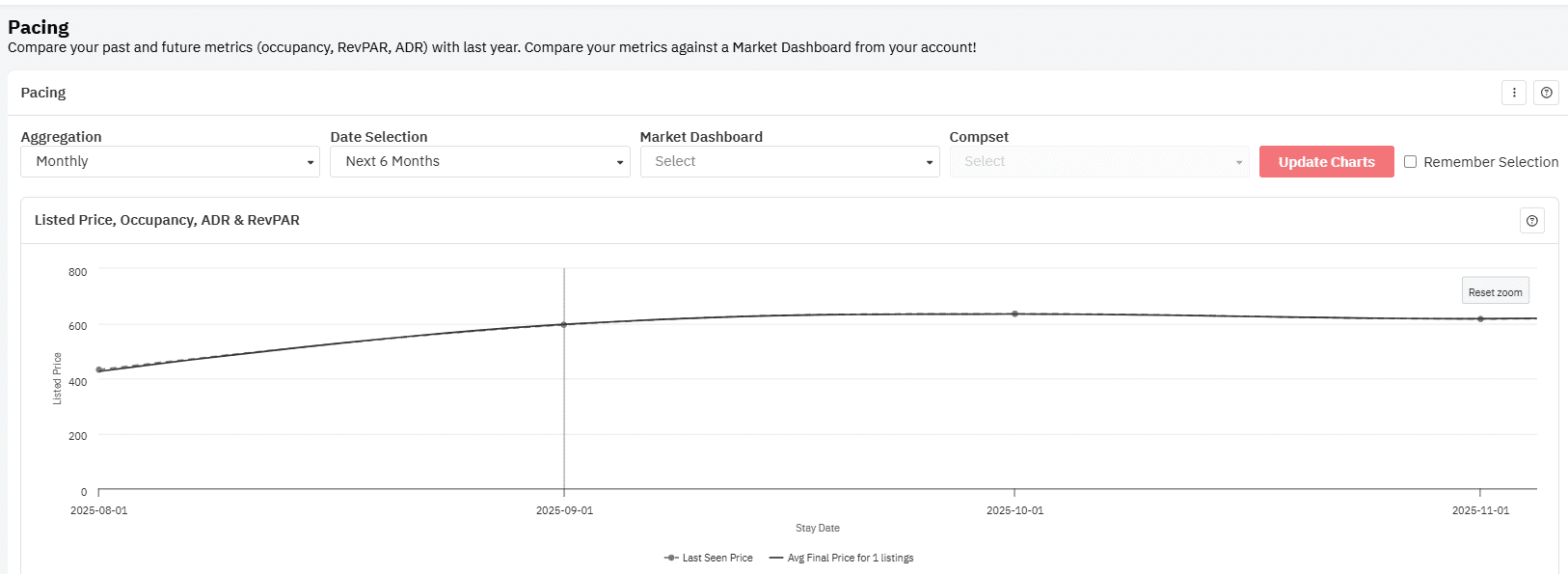
Proven Shoulder Season Pricing Strategies That Work
The experts shared several practical strategies that consistently deliver results:
1. Provide Flexible Bookings
- Shorten minimum night stays.
- Allow flexible arrivals with flexible cancellation policies and last-minute bookings.
- Accept same-day or 1–2-day lead times.
With PriceLabs’ custom minimum stays and last-minute discounts, managers can adapt calendars quickly to capture spontaneous demand.
2. Optimize Listings Before Decreasing Nightly Rates
When bookings slow down, the knee-jerk reaction is often to slash prices. But that’s not always the smartest first move. Often, underperformance isn’t due to the price being too high—it’s because the listing itself isn’t doing enough to attract the right guests.
Thibault Masson, Product Marketing Manager at PriceLabs and Founder at Rental Scale Up, stressed that OTA visibility is often underleveraged:
“Your listing is your storefront. If it’s not optimized with the right content, photos, and tags, you’re invisible to the very guests searching for what you offer.”
Eduardo explained:
“We often find a jacuzzi or ocean view not listed as an amenity, or ‘ski-in, ski-out’ missing from a chalet description. These small things make a huge difference in searchability.”
Think about how travelers filter properties on OTAs like Airbnb, Vrbo, or Booking.com. Guests frequently apply filters such as “hot tub,” “pet-friendly,” or “ski-in, ski-out.” If you don’t tag your property correctly, you’re invisible to a huge segment of potential bookers—even if your price is competitive.
Optimizing listings goes beyond amenities:
- Photos: Showcase unique selling points (a mountain view, cozy fireplace, or workspace setup). Seasonal photos—like autumn foliage or a snow-covered deck—can also make your property feel timely.
- Descriptions: Write clear, keyword-rich text that highlights value drivers (“perfect for families,” “walking distance to slopes,” “ideal for digital nomads”). You can use the free PriceLabs Airbnb Description Generator to write compelling and optimized descriptions.
- Titles: Add hooks like “Hot Tub,” “Jacuzzi,” or “Beachfront” to stand out in search results.
- Amenities Checklist: Double-check that every feature is ticked—guests won’t assume.
Pairing this optimization with PriceLabs Dynamic Pricing ensures you’re not just visible but also competitive. If your listing is discoverable in the right searches and priced according to real-time market demand, you’re far more likely to capture bookings—without immediately racing to the bottom on nightly rates.
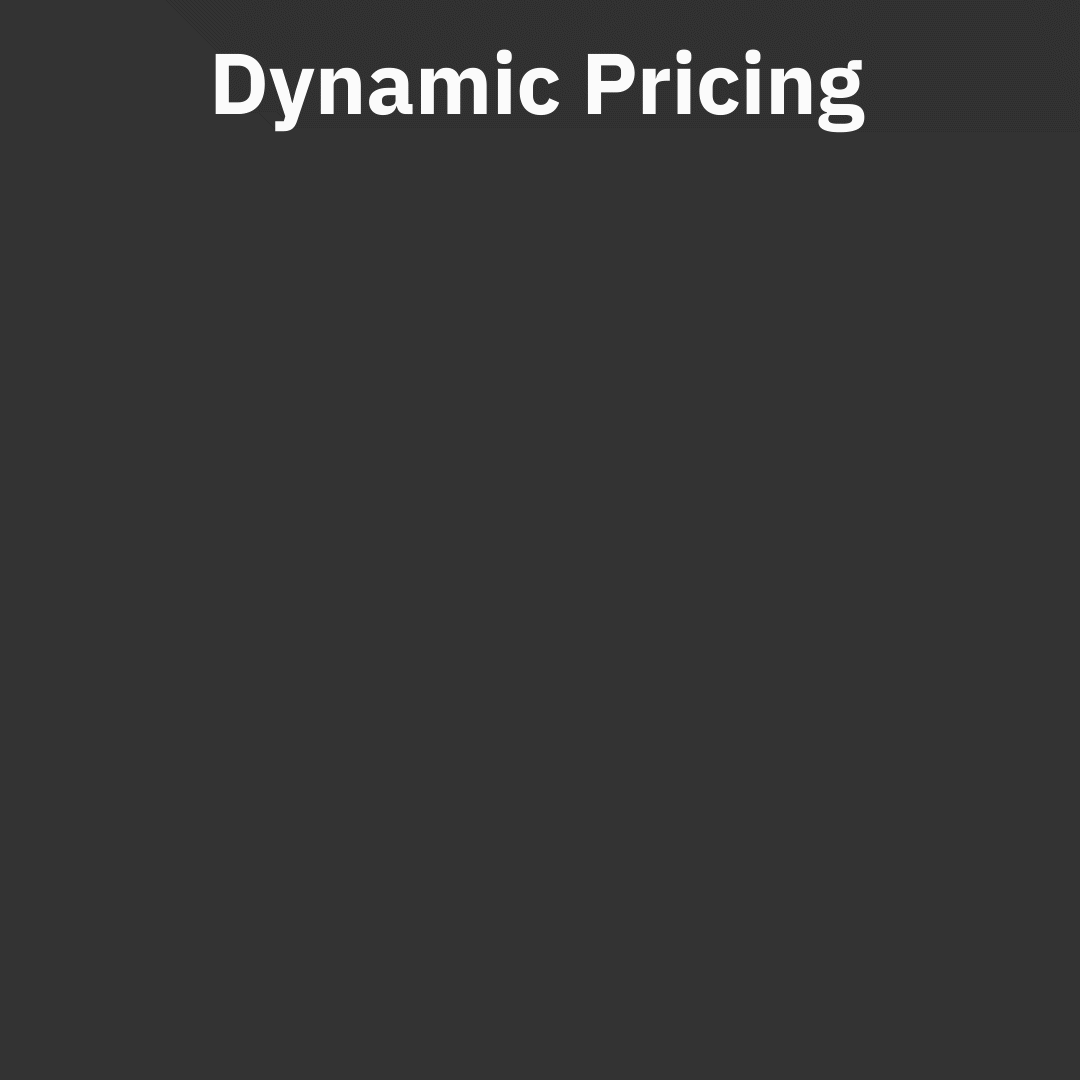
3. Use Length-of-Stay Discounts to Incentivize Longer Stays
During the shoulder season, shorter weekend trips tend to decline. Still, many travelers—such as remote workers, retirees, or families on extended holidays—are open to longer stays if the price is right. Instead of slashing nightly rates across the board, offering well-structured weekly or monthly discounts can help fill your calendar while keeping your average daily rate (ADR) healthy.
Here’s why it works:
- Guests see value: A 15–20% discount on a 7-night stay appears attractive, especially when compared to paying the full nightly rate.
- Fewer turnovers: Longer stays result in reduced cleaning, check-in, and guest communication costs.
- Smoother occupancy: Extended bookings help cover fixed expenses during periods of low demand.
Eduardo highlighted this approach, explaining that length-of-stay deals appeal to “shoulder season travelers” like digital nomads or Europeans looking for a month-long escape at a lower rate. Instead of worrying about filling every single night, one solid booking can cover weeks of downtime.
With PriceLabs Length-of-Stay (LOS) discount rules, you can easily set tiered discounts (e.g., 10% off for 7 nights, 20% off for 28 nights). This keeps rates attractive without completely undercutting your ADR, giving you a balance of revenue and occupancy.
Pro tip: Pair LOS discounts with flexible cancellation policies to make extended stays even more appealing to cautious travelers.
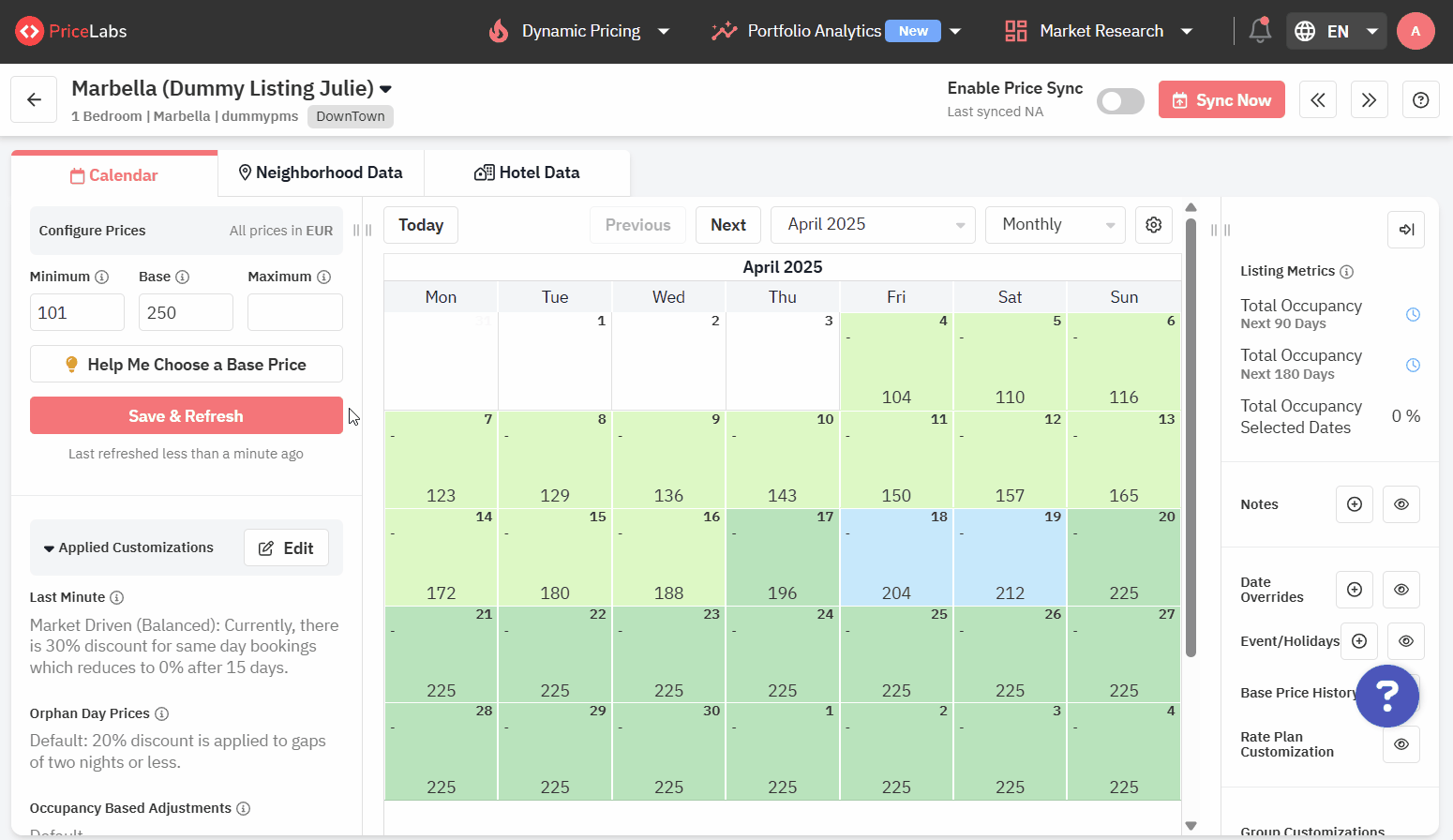
4. Highlight Season-Proof Amenities
Certain features drive bookings year-round:
- Urban Network’s chalets, which often feature indoor pools or hot tubs, consistently outperform.
- Eduardo calls these amenities “season-proof” because they attract guests in both low and high seasons.
With PriceLabs Report Builder, managers can show owners the ROI of investing in high-demand amenities like jacuzzis or fire pits.
5. Turn Shoulder Season into Review Season
Lower rates during the shoulder season can increase perceived value. Guests who expect less are pleasantly surprised—and more likely to leave glowing five-star reviews.
With seasonal pricing profiles in PriceLabs, managers can strategically lower rates without hurting long-term revenue goals.
Marketing & Distribution: Target the Right Guests at the Right Time
Jessica emphasized the need to adapt marketing messages:
- In summer, Urban Network sees more UK guests.
- In autumn, demand primarily comes from France and Switzerland.
- During October school holidays, “73% of bookings include children,” making family-friendly messaging critical.
Thibault added:
“We see that in low or shoulder seasons, guests don’t just look for a place—they look for reassurance. Flexible policies, clear communication, and tailored offers can turn lookers into bookers.”
With PriceLabs Market Dashboards, managers can identify demand sources and adjust targeting—whether it’s promoting family-friendly amenities, updating cancellation policies, or adjusting OTA distribution during periods of low demand.
Educating Owners: Data-Driven Conversations During the Slow Months
One recurring theme? Owners.
Inflexible owner expectations—such as rigid minimum prices—are often the most significant roadblock during low seasons.
Eduardo explained, “We build cost-analysis tools for owners, showing them how every empty night carries a cost.” Jessica echoed this: “If owners won’t adjust price, they need to add value through amenities or upgrades.”
Kyle emphasized the role of data in these owner discussions:
“When you put numbers in front of owners—like showing them that a missed booking costs more than a small discount—it shifts the conversation from opinion to fact.”
With PriceLabs Report Builder, managers can replace opinion with branded, data-backed insights—making it easier to align with owners on strategy and build trust.
Turning the Shoulder Season Into Opportunity
The shoulder season is no longer just a lull—it’s a test of adaptability. With changing traveler behavior, geopolitical shifts, and unpredictable booking patterns, the property managers who prepare early, embrace flexibility, and use data to guide owner conversations are the ones who thrive.
At PriceLabs, we see it every day: property managers who consistently combine dynamic pricing, pacing insights, market dashboards, and transparent reporting outperform their peers during these quieter months.
The lesson? Don’t fear the shoulder season. Instead, use it to:
- Position your portfolio for long-term success
- Strengthen owner relationships
- Win long-stay bookings
- Collect five-star reviews


